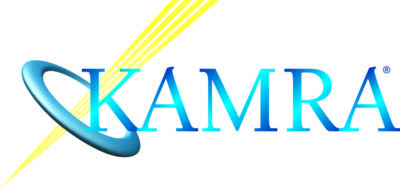Refractive Surgery and Near Vision after age 40.
For those patients under age 40, correcting both eyes for best possible distance vision generally results in excellent vision at all distances. However, as we go through our 40’s, we lose the ability to focus at near. This loss of focusing ability is called presbyopia. Presbyopia is why people need magnification for near vision in the form of over-the-counter “readers”. This same process is why people wear bifocals.
Dr. Schirber explains options for correcting Presbyopia and our dependence on readers. For many patients, correcting vision to see as well as possible at distance and relying on readers is a satisfactory choice. This typically results in the best vision quality and readers are available without a prescription and are inexpensive.
Another option is to create monovision. In monovision, the dominant eye is corrected for best possible distance vision and the non-dominant eye is corrected to see better at near. Monovision has been used for years with contact lenses and surgery. It can be demonstrated in-office or trialed with contact lenses prior to surgery.
A third option is to perform laser vision correction to correct to distance vision and place a small corneal inlay (Kamra) in the non-dominant eye. This works on the same principal as a pinhole camera to increase depth-of-focus. Typically, patients electing this option have better distance vision compared to monovision, while also improving near vision to be less dependent on readers. This effect can also be demonstrated in-office prior to surgery.
Our refractive surgeons Dr. Terrence Spencer and Dr. Stephen Khachikian are the two doctors who perform all of these procedures here in Rapid City at the Eye Institute.
The decision on which procedure is best for you and your eyes should be discussed prior to surgery, please do not hesitate to ask questions. The following chart is meant to help educate patients on their options:
| Surgery option | Key points | Near Vision | Intermediate Vision (Computer distance) |
Distance Vision |
| LASIK & PRK for best distance vision |
Best distance vision, best depth perception, best night vision, readers needed for all near vision activities | Readers all near vision activities | Readers all intermediate activities | Best vision quality |
| Monovision LASIK or PRK |
Blended vision approach, adjustable goal for near vision depending on individual needs, option to trial with contact lens prior to surgery, several months of neuroadaptation | Readers rarely (goal dependent) | Readers rarely (goal dependent) | Some degree of compromise with distance VA quality and depth perception, possible need for glasses to drive, especially at night |
| Kamra Corneal Inlay +LASIK or PRK |
Improved VA quality compared to monovision, near vision effect independent of aging, several months of neuroadaptation | Readers rarely | Readers rarely | Reduced compromise compared to monovision |


